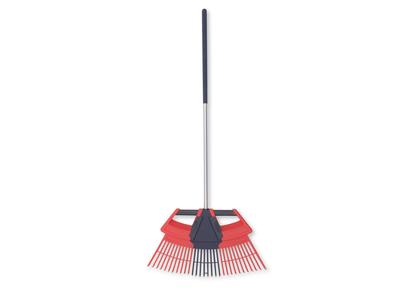
Exotic Garden Effects with Houseplants
While having a garden that is fulfilling though all months of the year takes some time and attention, June is a month where the beauty of plants and flowers comes with ease. Everything is growing, fresh and green.
Now that all risk of frost has gone, some houseplants can really benefit from a summer holiday outdoors. This could be on a doorstep, windowbox, balcony or garden. Some houseplants do well in hanging baskets, or you could even plant them into the garden like tender bedding plants. At Great Dixter, in their exotic garden, they mix plants you’d never expect to see together. From jungle garden classics like Tetrapanax rex, bananas and cannas, to the most eccentric unusual conifers and ferns, underplanted with a mesmerising display of truly tropical Philodendron, Thaumatophyllum, and Alocasia. The experience is fully immersive; you need to bend and wiggle through the layers of fronds, leaves and vines.
There’s a bit of cross-over between what we see as ‘bedding plants’ and ‘houseplants’. Perhaps the most popular one is Pelargonium, often called geranium. These do well on a sunny windowsill or frost-free greenhouse all winter, where they can be left to dry to initiate dormancy, or kept green and lush with watering. The choice is really yours, just don’t overwater them. Another plant traditionally kept indoors then used outdoors is Coleus, also known as Plectranthus. Both Pelargonium and Coleus are really easy to root from cuttings, so you can bulk up on plants in spring ready for a big summer display, and just keep one plant back over winter to propagate from the following year.
But before you round up all your beloved houseplants and release them into the wilds of the garden, there’s a few really important things to consider and do, to help make sure it doesn’t end in tears. For each plant, consider the conditions it likes and needs. Cacti and succulents generally like good sunny warm conditions without too much water, so placing them out in a shady bog garden wouldn’t make for a happy scene. Large leafy jungle plants like Monstera and Philodendron, like bright indirect light and calm conditions, so find a protected shaded spot where they won’t get damaged.
Once you’ve identified suitable garden spots for your houseplants, think about how to make a smooth transition from indoors to outdoors. Plants respond physiologically to their environment, meaning they will be adapted to the spot they are growing in. If the conditions around them change too quickly, plants can be damaged to the point of death fairly quickly. I learned this the hard way when I moved a Norfolk Island pine from a shady room out into bright sunlight in June; its leaves were fully scorched within a few hours. Instead, gradually move your plant outdoors over a period of 2-4 weeks, starting near a bright open window, to a porch, to a sheltered garden spot and then to their final position.
And at the end of summer, don’t forget to bring them back in!


